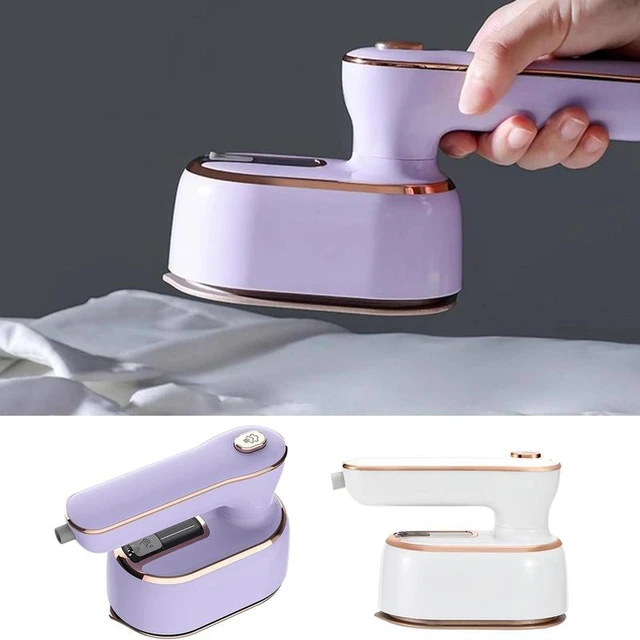Introduction
Over time, irons can accumulate dirt, residue, and grime that can affect their performance and potentially transfer onto clothing, causing stains. Cleaning your iron regularly is essential to maintain its functionality and prevent any unwanted marks on your clothes. In this guide, we will explore the best ways to clean a dirty iron using effective methods that can remove residue and restore its performance.
Understanding the Anatomy of an Iron
The Soleplate
The soleplate is the flat, heated surface that makes direct contact with your clothes. It is crucial to keep it clean because any staining or buildup will transfer to your clothing. Residue can include burnt fabric, mineral deposits, and starch, all of which can cause problems. Regularly inspecting the soleplate allows you to identify issues before they worsen. Additionally, a clean soleplate ensures better heat distribution, which can improve your ironing results. A well-maintained soleplate helps glide smoothly over fabrics and prevents snagging or tearing.
The Steam Vents
Steam vents are small holes on the soleplate that emit steam during the ironing process. If these vents become clogged, steam cannot circulate properly. This blockage can result in uneven ironing and increased fabric damage. Clogged vents may also cause water to drip onto your clothes, leaving unsightly marks. To avoid these issues, cleaning your steam iron regularly is essential. Periodically inspecting the vents ensures they remain functional, contributing to more effective ironing.
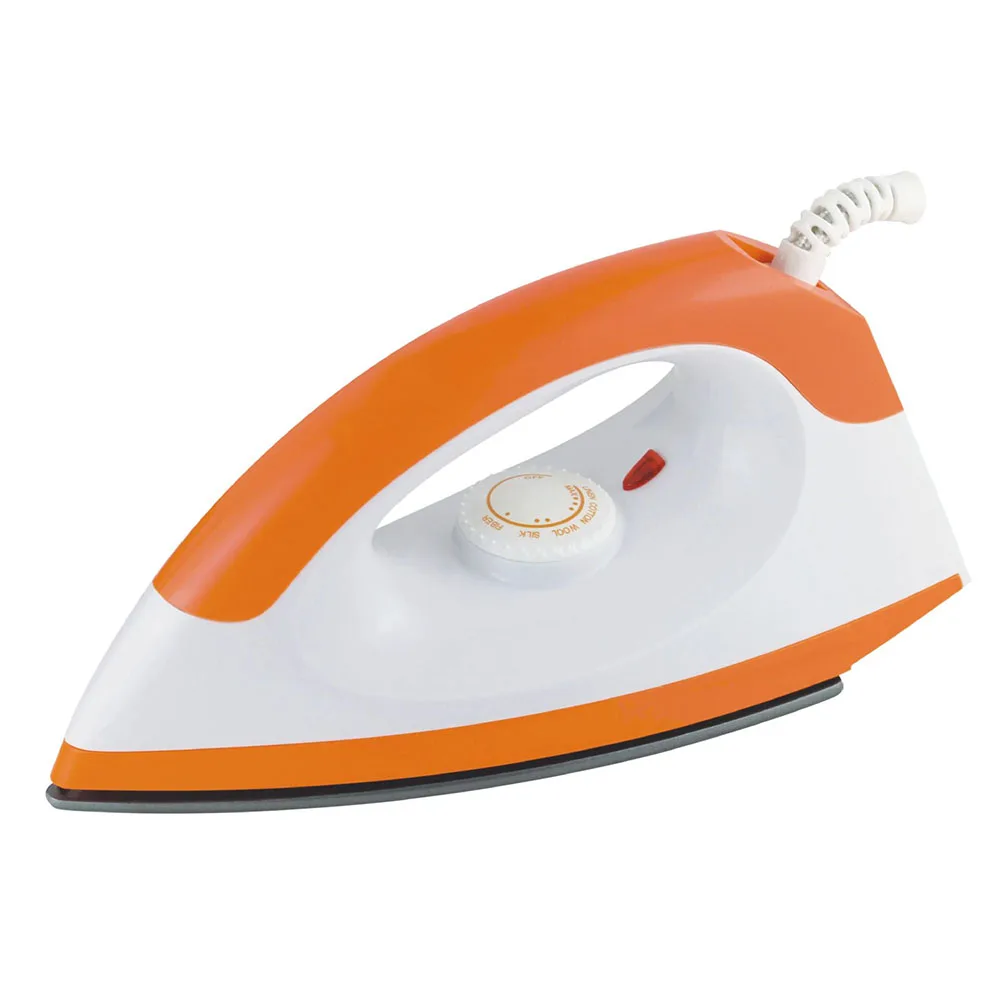
What is the best way to clean a dirty iron?
Method 1: Cleaning the Soleplate
The soleplate is the most critical part of the iron that comes into direct contact with fabrics. Cleaning it properly is crucial for maintaining smooth and efficient ironing. Here’s how to clean the soleplate:
1.1. Baking Soda and Water Paste Mix baking soda with a small amount of water to create a paste with a toothpaste-like consistency. Apply the paste to the soleplate and gently rub it with a soft cloth or sponge. The baking soda acts as a gentle abrasive to remove residue and stains.
1.2. White Vinegar Dampen a cloth or sponge with white vinegar. Gently wipe the soleplate, paying close attention to any areas with stubborn stains or residue. The acidity of the vinegar helps dissolve and lift the grime.
1.3. Commercial Soleplate Cleaner If the baking soda and vinegar methods do not remove all the residue, consider using a commercial soleplate cleaner. Follow the manufacturer’s instructions carefully, as each product may have specific guidelines. Typically, you will apply the cleaner to the soleplate, allowing it to sit for a specified time, and then wipe it off with a clean cloth.
1.4. Rinse and Wipe After cleaning the soleplate, rinse it with a damp cloth or sponge to remove any residue or cleaning agent. Follow up by wiping the soleplate with a clean, dry cloth to ensure it is completely dry before using the iron again.
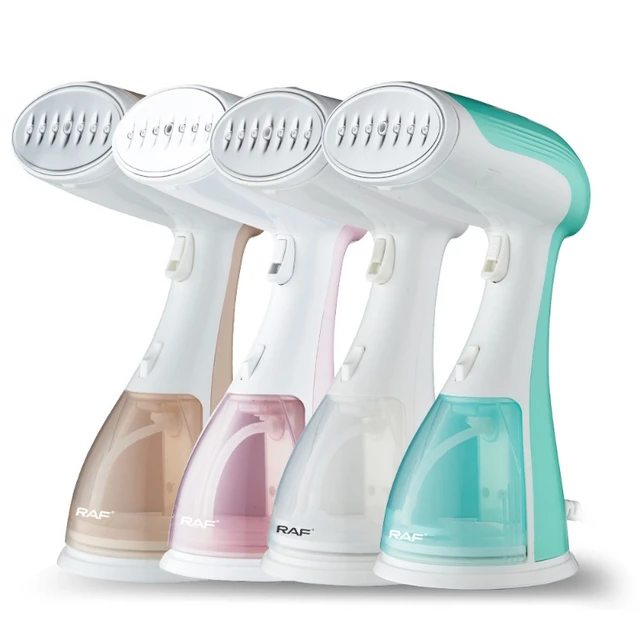
Method 2: Cleaning the Steam Vents
Steam vents can become clogged with mineral deposits and residue over time, impacting the iron’s steam output. Here’s how to clean the steam vents:
2.1. White Vinegar and Water Solution Create a solution by mixing equal parts white vinegar and water. Fill the iron’s water reservoir with the solution, ensuring it is not overfilled.
2.2. Steam Function Set the iron to the highest steam setting suitable for your fabric. Hold the iron over a sink or a heat-resistant surface and press the steam button to expel the vinegar solution through the steam vents. Allow the solution to work for a few minutes, ensuring the steam vents expel the solution continuously.
2.3. Rinse and Dry Empty the vinegar solution from the water reservoir and fill it with clean water. Activate the steam function again to flush out any remaining vinegar residue. After rinsing, wipe the soleplate and steam vents with a clean cloth or sponge to remove any loosened deposits. Dry the iron completely before use.
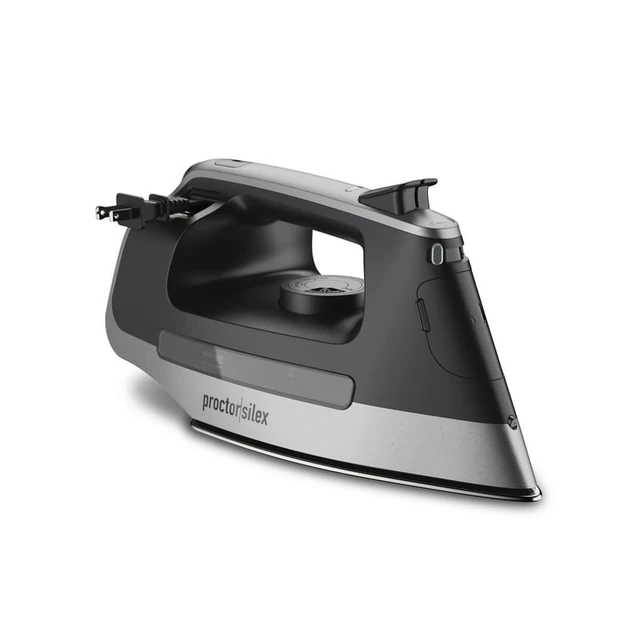
Method 3: Descaling with Citric Acid
Descaling is an effective method to remove mineral deposits and scale build-up from the internal components of the iron. Citric acid, a natural cleaning agent, can be used for descaling. Here’s how:
3.1. Citric Acid and Water Solution Dissolve 1-2 tablespoons of citric acid powder in a cup of water. Stir until the citric acid is fully dissolved.
3.2. Fill the Reservoir Pour the citric acid solution into the iron’s water reservoir, ensuring it is not overfilled. Allow the solution to sit for 10-15 minutes to dissolve the mineral deposits.
3.3. Rinse and Flush Plug in the iron and set it to the highest heat setting suitable for your fabric. Hold the iron over a sink or a heat-resistant surface and activate the steam function to expel the citric acid solution through the steam vents. This helps flush out any dissolved mineral deposits. Repeat this process with clean water to ensure all traces of the citric acid solution are removed.
3.4. Wipe and Dry After rinsing, wipe the soleplate and steam vents with a clean cloth or sponge to remove any remaining residue. Ensure the iron is completely dry before storing or using it again.
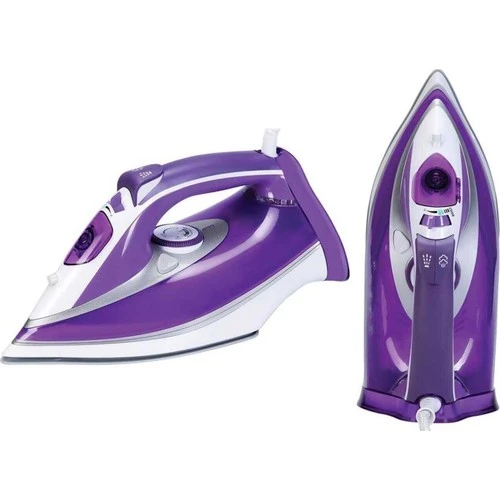
Method 4: Removing Residue from the Exterior
The exterior of the iron can also accumulate dirt, residue, and grime, which can affect its appearance and potentially transfer onto your hands or other surfaces. Here’s how to clean the exterior of your iron:
4.1. Unplugging and Cooling the Iron Before cleaning the exterior, ensure that the iron is unplugged and has completely cooled down to prevent any accidents or burns.
4.2. Damp Cloth or Sponge Dampen a clean cloth or sponge with water. Gently wipe the exterior surfaces of the iron, including the handle and buttons. Pay attention to areas with visible dirt or residue.
4.3. Mild Soap Solution If the damp cloth or sponge alone is not sufficient, you can create a mild soap solution. Mix a small amount of mild liquid soap with water to create a soapy solution. Dip the cloth or sponge into the solution, wring out excess liquid, and gently clean the exterior surfaces of the iron.
4.4. Removing Stubborn Stains or Residue For stubborn stains or residue on the exterior, you can use a non-abrasive cleaning agent specifically designed for the material of your iron. Follow the manufacturer’s instructions carefully, apply the cleaning agent to a cloth or sponge, and gently scrub the affected areas. Be cautious not to use abrasive materials or harsh chemicals that could damage the exterior coating of the iron.
4.5. Drying the Iron After cleaning the exterior, use a clean, dry cloth to wipe away any moisture. Ensure that the iron is completely dry before storing or using it again to avoid any potential damage or malfunctions.
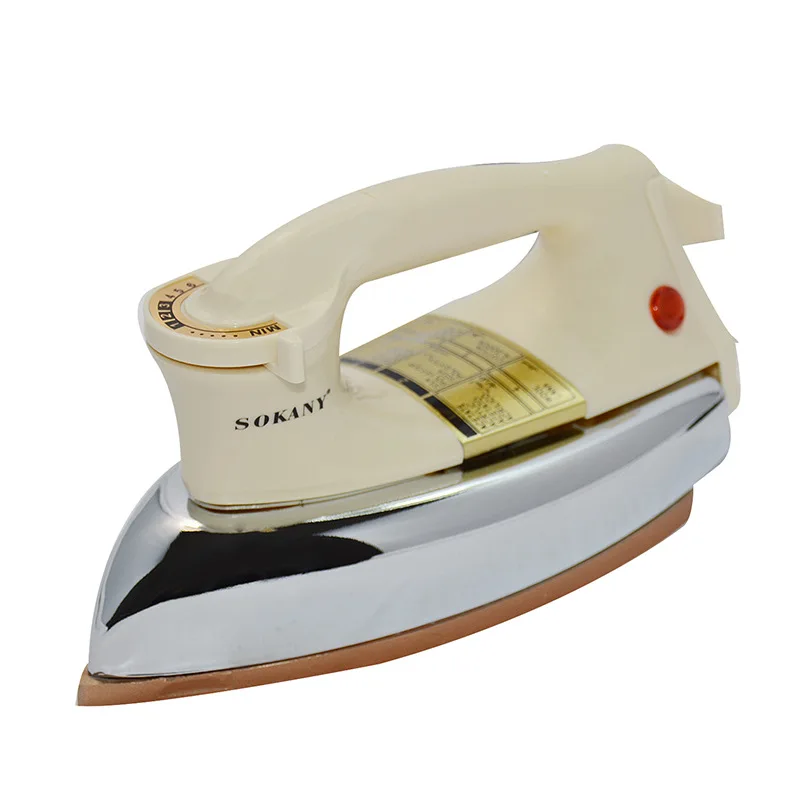
Preventative Maintenance Techniques
Regular Cleaning Schedule
Establishing a regular cleaning schedule is invaluable. Just as you take care of your laundry, your iron requires attention, too. Incorporate iron cleaning into your routine to prevent build-up from becoming an issue. After every few uses, take a few minutes to wipe down the soleplate. This simple action will keep it clean and functioning well.
In addition to surface cleaning, periodically empty the water tank to prevent mineral build-up. If you live in an area with hard water, using distilled water can significantly prolong the life of your iron. Combine these practices, and you’ll minimize the effort needed for deep cleaning in the future. By being proactive, you’ll avoid resorting to more intensive cleaning methods. Indeed, prevention is often easier than remedy.
Proper Storage Techniques
The way you store your iron also impacts its cleanliness and longevity. Always ensure it’s completely cool before putting it away. Leaving it hot or warm in an enclosed space can lead to build-up and mildew. Consider storing it upright, allowing air circulation, or using a cotton cover to protect the soleplate.
Ensure that the power cord is wrapped securely but not tightly. This prevents damage to the cord and encourages longevity. Avoid placing heavy objects on top of the iron, as this can lead to scratches or dents on the soleplate. By taking these precautions, you contribute to the overall health and cleanliness of your iron, ensuring that it serves you well for years to come.
Conclusion
Regularly cleaning your iron is crucial to maintain its performance and prevent stains on your clothes. Whether you’re cleaning the soleplate, steam vents, or descaling the internal components, using effective methods such as baking soda, white vinegar, citric acid, or commercial cleaners can restore your iron’s functionality. Remember to follow the manufacturer’s instructions and take appropriate safety precautions when using cleaning agents. By implementing these cleaning methods and practicing regular maintenance, you can keep your iron in optimal condition and enjoy wrinkle-free, stain-free clothes with ease.

